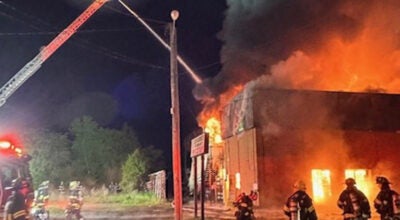Recovery zone funds sought
Published 7:35 pm Monday, September 6, 2010
An energy company has wasted no time in making the city’s first application for recovery zone financing.
A public hearing for bond financing for GPC Green Energy, LLC will be held by the Economic Development Authority at 4 p.m. Thursday at the Health and Human Services Building, 135 Hall Ave.
Recovery zones, established by the American Recovery and Reinvestment Act, can be designated by a majority vote of the locality’s governing body. The zones allow companies located within their boundaries to obtain low-interest financing for construction, expansion, renovation or other activities, using the Economic Development Authority as a conduit.
The hearing will come barely a week after City Council approved the establishment of the recovery zones by a unanimous vote. Its public hearing drew no speakers for or against the move.
GPC Green Energy hopes to construct a 10,000-square-foot facility at the BASF chemical company site. The facility would convert gas pulled from the Southeastern Public Service Authority landfill into energy, which would be used to power operations at BASF, formerly the Ciba Chemical Company.
The company is requesting a bond authorization of $20 million for the project, including nearly $15 million for machinery and equipment and $2.5 million for construction.
Suffolk’s recovery zones are located in the greater downtown area and in North Suffolk — a nod to the proposed closure of the U.S. Joint Forces Command location there. City leaders hope the recovery zone benefits will help them attract replacement businesses for the military command if it is moved elsewhere or shuttered altogether.
Councilman Leroy Bennett hoped the construction of the energy facility would be the final answer for the odor problem that the landfill’s neighbors have been experiencing for nearly a year.
Last winter, residents in the Nansemond Parkway and Wilroy Road areas began complaining of a pungent odor that they said gave them health problems such as trouble breathing, headaches and nausea.
The Virginia Department of Environmental Quality and a study commissioned by the trash authority both found the smell was coming from the landfill. The authority instituted a number of changes in landfill practices that somewhat alleviated the problem.






